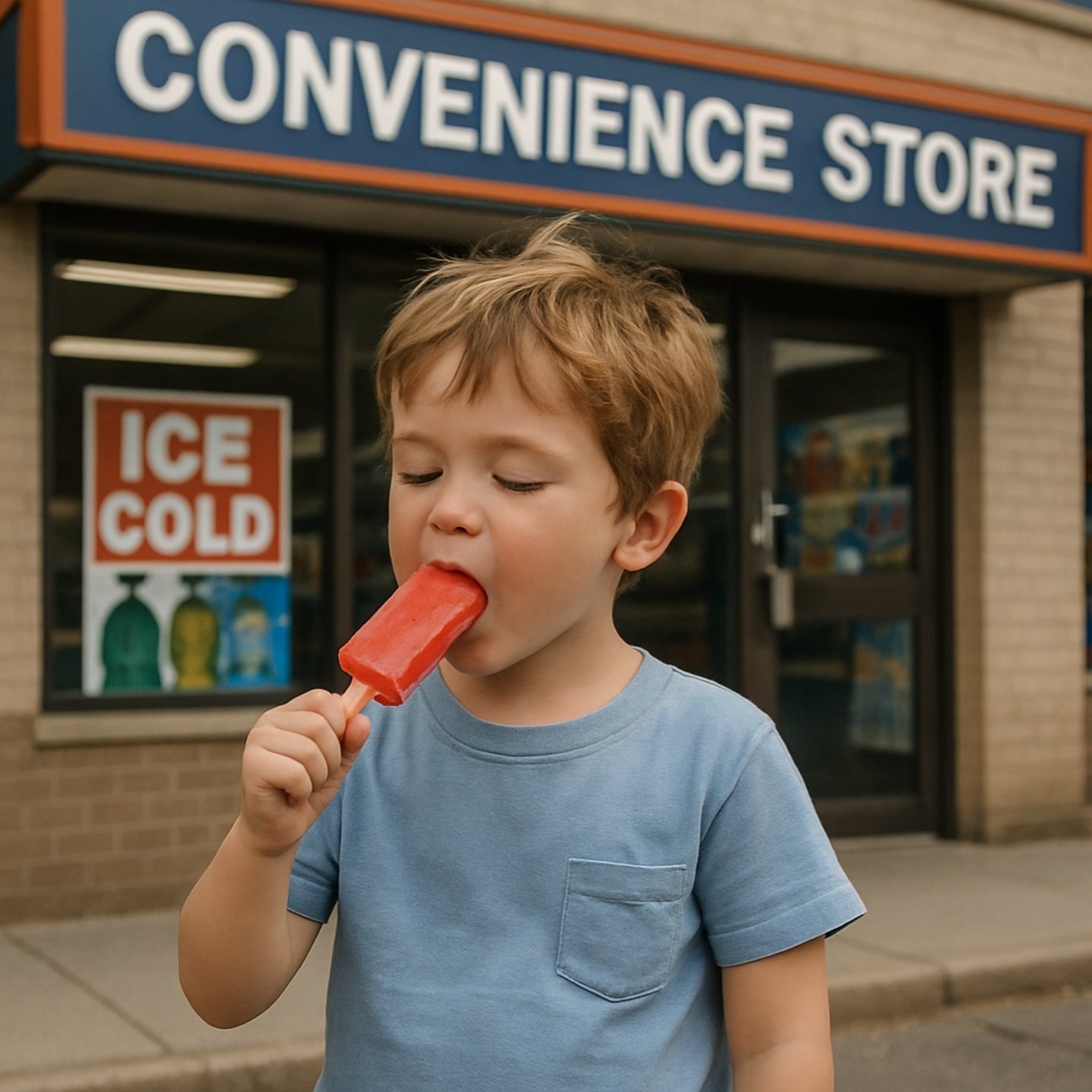The future of convenience retailing
The convenience retail sector in Canada is at a crossroads. According to the 2024 State of the Industry Report from the Convenience Industry Council of Canada (CICC), the industry continues to experience the sobering trend of losing an average of 1.5 stores per day nationwide. While the pace of closures has slowed and overall sales have remained relatively flat, these numbers prompt an urgent question: How can convenience stores not only survive—but thrive—in today’s evolving marketplace?
A recent Globe and Mail editorial (March 21, 2025) poignantly explored the symbolic decline of the corner store in Canada, introducing what it called the “popsicle test”—the idea that a child should be able to walk to a corner store, buy a popsicle, and return home before it melts. It’s a nostalgic but meaningful benchmark that illustrates the vital role these stores once played in our communities. But as convenience stores are pushed out by economic, regulatory, and social forces, their traditional place in the community is being redefined.
What’s driving the decline?
Several external forces are making it increasingly difficult for corner stores to operate in traditional community locations:
- Escalating property values are making the land more valuable for residential development than for retail use.
- Outdated zoning bylaws and community opposition often hinder the integration of convenience stores into modern neighbourhoods.
- Demographic and lifestyle shifts are changing how, when, and why people shop.
Given that many of these challenges will not shift in the short term, convenience retailers must reimagine their value proposition and become destination locations—places people actively seek out, even if they’re no longer embedded in the fabric of every neighbourhood.
Rethinking the customer experience
To chart a path forward, convenience retailers must take a hard look at their customer base and tailor their offerings accordingly. It’s time to ask:
- Who are your primary customers?
- Are they only purchasing traditional staples (lottery, tobacco, fuel), or is there an opportunity to expand their basket?
- What offerings would entice new customers or encourage existing ones to spend more?
For example, if your location includes a fuel offering, how many customers pay at the pump and leave without entering the store? What could incentivize them to come inside? Coffee promotions bundled snack offers, or loyalty points for in store purchases could all help bridge that gap.
Targeting key customer segments
Let’s break down a few high-potential customer profiles and how to serve them better:
1. Professional drivers
These customers are on the road for long stretches and prioritize efficiency and sustenance. Consider:
- Combo deals with drinks, snacks, or fresh meals.
- Expanded “grab-and-go” options that align with different day parts (breakfast, lunch, dinner).
- Clean restrooms and a quick checkout process to support speed and convenience.
2. Students
If you're near a school or campus, students represent a loyal and high-frequency demographic. What they want:
- Affordable snacks and beverages
- Engaging, youth-focused marketing (e.g., social media, loyalty perks).
- Welcoming environments with fast service and exclusive student deals.
3. Community shoppers
Local residents still value convenience stores for quick trips. Enhance their experience with:
- Essentials like milk, bread, and eggs.
- Fresh, healthy options for busy families.
- Community engagement (e.g., sponsoring local events, in-store bulletin boards).
Building the destination store
Retailers can no longer rely on traffic alone—they must create reasons to visit. Here are five food and product trends shaping the next wave of successful convenience stores:
1. Fresh is non-negotiable
Today’s consumers expect fresh produce, salads, and made-to-order sandwiches. Fresh isn’t just about healthy options, it is also about quality and trust. Bonus: Global flavors and fusion offerings are resonating more than ever.
2. Snack innovation
Consumers are snacking more, but differently. Popular items now include:
- Protein and meal replacement bars
- Plant-based and high-fiber snacks
- Bite-sized appetizers and hot, ready-to-eat items
3. Functional food
Shoppers are asking: “What can this food do for me?” They’re seeking:
- Energy-boosting protein options
- Gut-friendly probiotics
- Antioxidants and immune-supporting ingredients
4. Meatless goes mainstream
Whether called “plant-based” or vegetarian, meat-free options are booming. Over 30% of consumers now choose these alternatives weekly, even if they aren’t strict vegetarians.
5. All-day breakfast
Once a morning staple, breakfast is now an all-day affair. Customers are craving:
- Egg sandwiches and burritos
- Protein-packed breakfast bowls
- Coffee pairings for afternoon energy boosts
The digital advantage: Social media & loyalty
To drive awareness and build community, stores must leverage digital tools:
- Social media creates real-time touchpoints with local and traveling consumers alike.
- Loyalty programs not only increase return visits but can provide valuable data on customer behaviour.
Conclusion: Adapt, evolve, thrive
While the traditional corner store may be fading in some communities, the essence of convenience is still deeply valued. The retailers who succeed in the future will be those who embrace innovation, understand their customers intimately, and reimagine their stores as experiential, product-savvy destinations.






